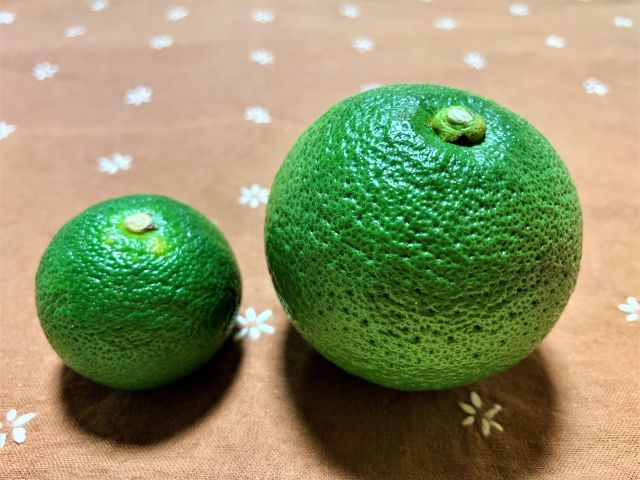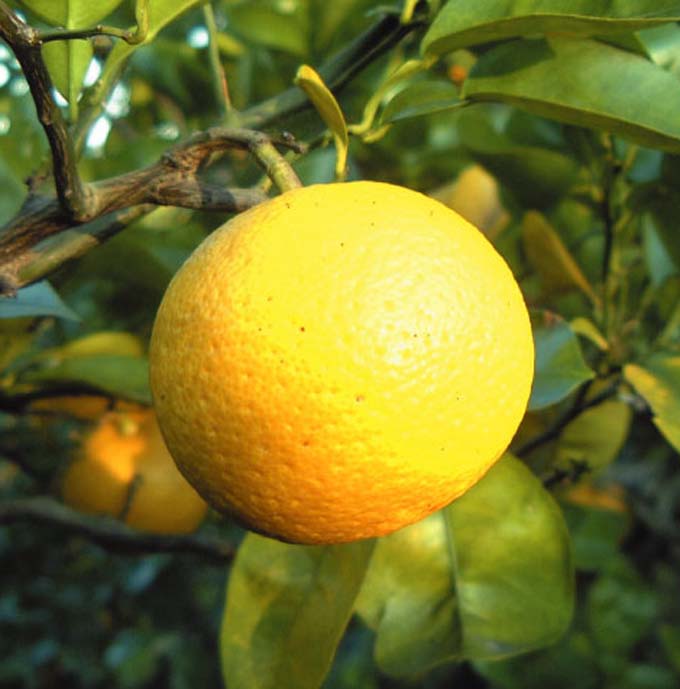
Sudachi is small in size with an intense aroma and a sharp, refreshing acidity. In contrast, kabosu contains more juice and offers a milder sourness, giving it a soft flavor that enhances other ingredients without overpowering them. Sudachi is about the size of a golf ball, while kabosu is about the size of a tennis ball.
【Nutritional value of kabosu】
Vitamin C
Citric acid
Potassium
Pinene
Limonene
【Nutritional value of sudachi】
Sudachitin
Vitamin C
Citric acid
Potassium
Beta-carotene
Vitamin E
Calcium
Dietary fiber
Polyphenols
At sushi restaurants, these characteristics are carefully utilized. Sudachi is often paired with delicate toppings such as white fish or shellfish, where just a drop can add a refreshing fragrance and highlight the clean flavors of the fish. It is particularly valued when the sushi chef wants the citrus aroma to leave a memorable impression or to give a lighter, fresher finish to the sushi.
Conversely, using sudachi repeatedly in an omakase course can mask the flavors of the sushi toppings.
Kabosu, on the other hand, is chosen when the balance of flavors is more important than fragrance alone. Its gentle acidity and abundant juice make it suitable for richer or fattier fish, grilled items, or simmered dishes, where it softens heaviness and provides an elegant aftertaste.

Aged kabosu (Kikabosu), with its mellow and rounded aroma, is sometimes used to enhance the sophistication of high-end sushi. For example, a light drizzle of kabosu over sushi made with the mild-flavored pen shell (Tairagi) elevates the shellfish to a higher level. Sudachi or young kabosu, however, are too pungent and would merely serve as a simple accent.
In short, sushi chefs distinguish between the two by using sudachi when they want to highlight aroma and freshness, and kabosu when they wish to bring harmony and subtlety to the flavor.
【Related contents】